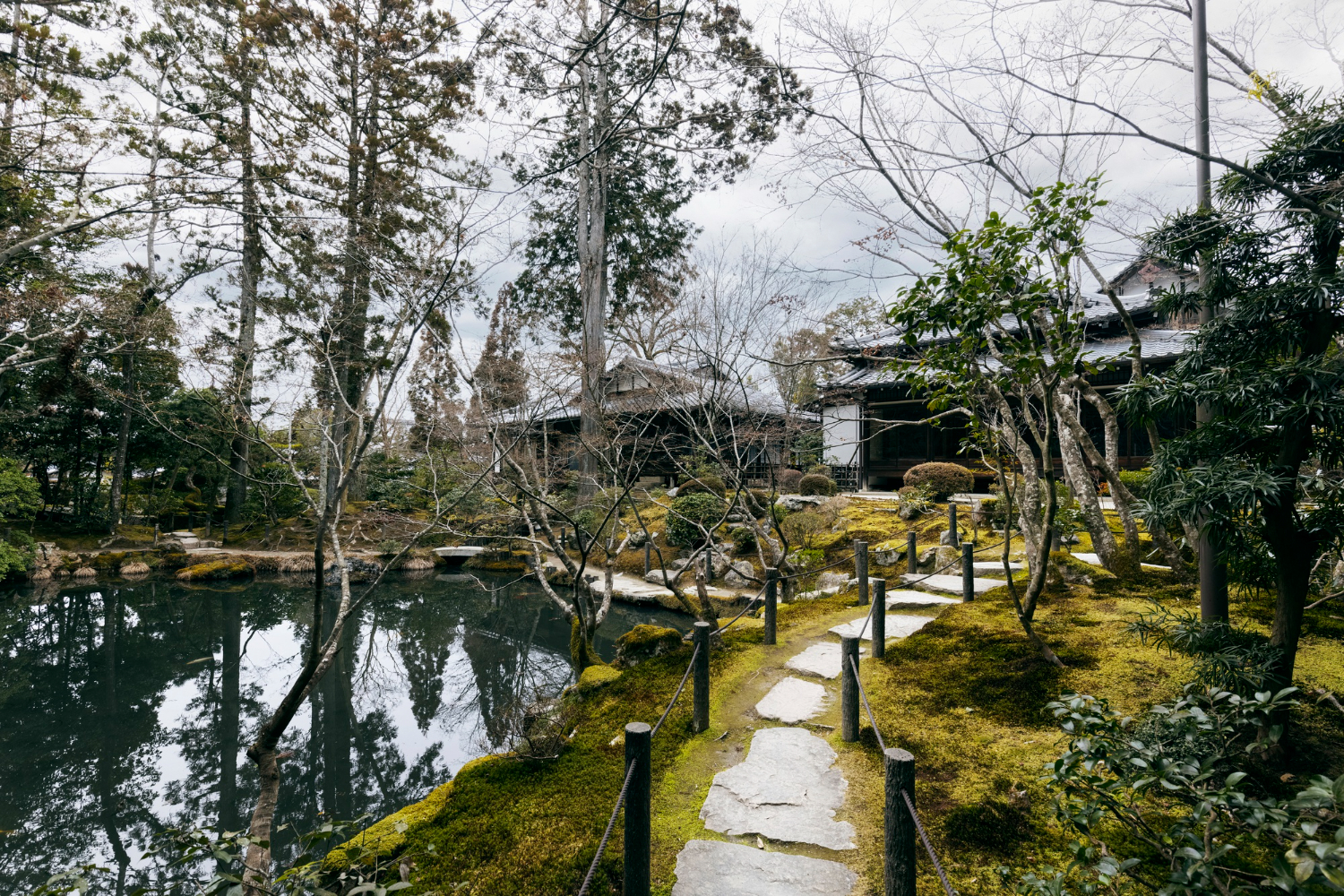Explorations of the Rare and Uncelebrated
These hidden stories are not featured in mainstream guides or textbooks. They're niche marvels that offer a surprising blend of mystery, insight, and awe for those who dig deeper.
1. The Sentient Slime of Japan’s Urban Forests
In Tokyo’s Meiji Shrine forest, scientists study a bizarre yellow organism known as *Physarum polycephalum*. This slime mold, despite lacking a brain, can solve mazes, mimic transportation networks, and remember paths. Researchers are now exploring its potential in solving logistics problems and artificial intelligence modeling. Its actions blur the line between intelligence and biology, challenging our definition of thought and awareness.

2. The Quiet Zones Where Wi-Fi Is Banned
Deep within the U.S., the National Radio Quiet Zone spans 13,000 square miles where wireless signals are strictly limited. Here, scientists operate massive radio telescopes without interference. It’s also a haven for people with electromagnetic hypersensitivity. This odd pocket of silence highlights the delicate balance between connectivity and discovery, and how silence is a rare resource in a digital world.
3. The Trees That Bleed Metal in the Philippines
Certain nickel-hyperaccumulator trees in the Philippines draw metal from the soil, oozing green-blue sap rich in nickel. These metallophytes are now being used in a process called phytomining, extracting minerals sustainably without traditional excavation. This green alternative might one day revolutionize how we harvest essential elements, offering a glimpse into a more eco-conscious future.
4. The Ice Bubbles of Abraham Lake
Abraham Lake in Alberta, Canada, traps methane beneath its frozen surface in winter, forming frozen white bubbles that create a surreal effect. While beautiful, these bubbles are filled with flammable gas emitted by decomposing organic matter below. As climate change accelerates permafrost melt, phenomena like these are becoming more frequent—and potentially dangerous.
5. The Undying Light of the Wawel Chakra
Beneath Poland’s Wawel Castle lies a mythical “chakra” or energy node said to emit eternal positive energy. Ancient lore and New Age visitors alike report calmness and healing in the chamber above it. While science doesn’t back these claims, its mysterious power draws pilgrims, mystics, and energy seekers from across the globe.
6. The Cave Where Nothing Dies: Movile, Romania
Movile Cave was sealed off from sunlight for five million years until 1986. Its air is toxic to humans, but supports an ecosystem relying on chemosynthesis instead of photosynthesis. Over 33 new species have been discovered here, surviving with no sunlight and minimal oxygen. It offers a model for how life could exist on other planets.
Important Notes
Always approach rare ecosystems and cultural legends with respect. Many of these sites are fragile, protected, and sacred to local communities. Preserve and explore mindfully.